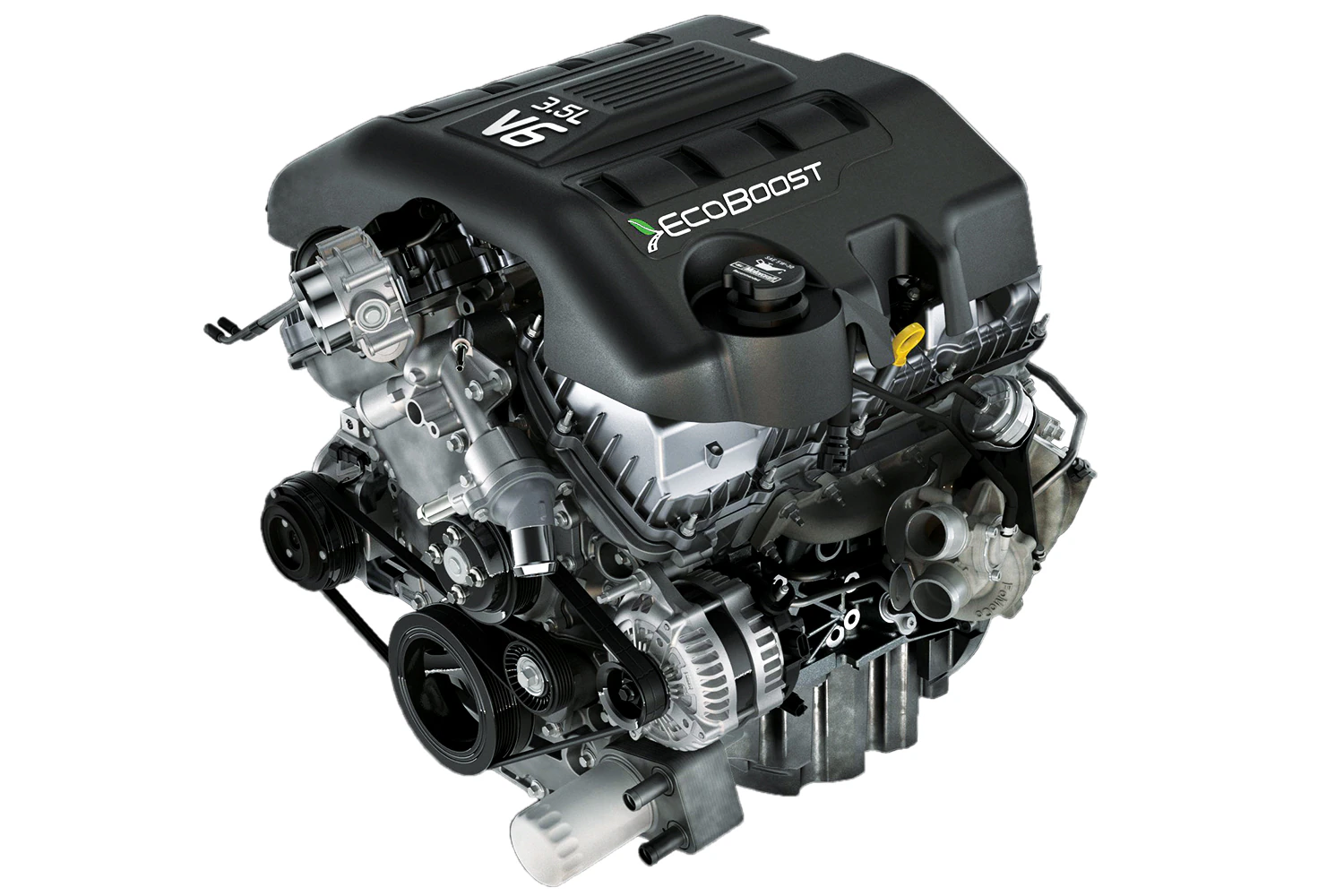How Ford Battles Against EcoBoost Engine Failure
The inception of Ford’s EcoBoost engine in the auto industry was indeed a game-changer. This EcoBoost technology combines turbocharging and direct fuel injection, promising excellent mileage while maintaining superior performance. However, as it arrived on the market and driven by numerous customers, some encountered a specter of engine failure. Ford was quick to lead the combat front against EcoBoost engine failure. Here’s how it went down.
Understanding the EcoBoost Engine
Ford’s EcoBoost engine came into existence in 2009 to make cars more efficient without sacrificing performance. The term “EcoBoost” stands for two core objectives – economical fuel usage and maximization of power boost. These engines employ turbocharging and direct fuel injection to bring out the most from each engine cycle.
The idea behind the EcoBoost engine is to match or even exceed the power of larger engines while still maintaining fuel economy. It strikes an equilibrium between energy-saving and high-performance, both of which contributing to a superior driving experience.
With this revolutionary idea, however, came some pitfalls that pushed the EcoBoost engines into the limelight for the wrong reasons, leading to allegations of engine failure. As we unravel this ordeal, it becomes pivotal to look at the technological advancements that Ford brought to the foreground.
Facing the EcoBoost Challenge
The alarms started ringing when drivers of vehicles fitted with EcoBoost engines began reporting to Ford service centers with engine malfunction issues, particularly in 1.0-liter, 1.6-liter, and 3.5-liter EcoBoost engines. The reported issues were of various kinds, but most were about overheating followed by breakdowns.
For larger 3.5-liter engines fitted into Ford’s F-150, the problem was less about overheating and more about sudden loss of power also known as “limp home mode”. These were serious allegations threatening Ford’s technological marvel.
Ford’s Reaction for EcoBoost Engine Failure
Ford quickly acknowledged the issues reported by these drivers and started a detailed investigation into the claims. Upon subtle inspection, they discovered condensation in the intercooler system for the 3.5-litre version, while the 1.0-liter and the 1.6-liter engines were found to have a likelihood of overheating.
The challenge for Ford was two-fold – they had to determine the causes of these problems and then undertake steps to rectify them as rapidly as possible, calming distressed customers and upholding their reputation for quality.
Ford’s Response to the EcoBoost Challenge
Ford stepped up in an applaudable manner and developed strategies for overcoming these hurdles.
Digging Deep Into the Issues
Ford’s engineers labored to uncover the root causes of these issues. In their attempt, they discovered that for 1.0-liter and 1.6-liter engines, the issues arose due to coolant deficiencies leading to persisting overheating. With the 3.5-litre version, the concern was water collection within the intercooler, leading to the infamous ‘limp home mode’.
Developing Solutions
Ford’s solutions to these problems were rooted in technology advancement and hardware redesign. They first recalled existing vehicles, realigning and refitting necessary engine parts. Next, they focused on the design of new versions of the EcoBoost engine.
Significant updates came in the form of head gasket modification for engines under potential risk of overheating. The hardware changes incorporated cylinder head improvements to facilitate better cooling and pressure management.
For the ‘limp home mode’ issue, Ford solved the mystery by introducing a protective shield that prevents the moisture in the charge air cooler from reaching the combustion chambers. Further, it also updated the control module’s firmware to detect the same issue and put the engine into ‘limp home mode’ only under extreme circumstances.
Reinstating Customer Trust
While introducing these solutions and conducting recalls where necessary, Ford remained conscious of one crucial thing – customer trust. Hence, they undertook proactive communication with customers to explain the issues and the steps being taken to rectify them.
The Takeaway from EcoBoost Engine Spat
Despite the challenges and complaints, Ford’s EcoBoost engines continue to sell briskly, as the automaker has shown persistency in tackling these issues head-on. The company stands faithful to its commitment of rendering optimal engine performance while ensuring fuel efficiency.
By addressing the engine issues with urgency, transparency, and ingenuity, Ford not only preserved brand value but also reinforced customer trust. It used the situation as a stepping stone, transitioning from a period of adversity to an era of mechanical innovation. Thus, capturing the essence of the timeless proverb, “what doesn’t kill you only makes you stronger”.
To conclude, Ford’s handling of the EcoBoost engine failure scenario underlines the importance of agility, commitment, and strong customer relationships in any journey towards engineering excellence.













Leave a Reply